Ohms Law Practice Problems Worksheet
Are you an aspiring electrician or a student studying physics? If so, you may find yourself in need of a reliable and comprehensive resource to practice your skills in Ohm's Law. Look no further than our Ohm's Law Practice Problems Worksheet. This worksheet is designed to help you strengthen your understanding of the concept and apply it to real-world scenarios, making it an excellent tool for both beginners and advanced learners alike.
Table of Images 👆
- Ohms Law Worksheet Answers
- Ohm S Law Worksheet Series Circuit
- Ideal Gas Law Worksheet Answers
- Ohms Law Worksheet Answers
- Ohms Law Worksheet Answer Key
- Ohms Law Parallel Circuit Problems
- Ohms Law Practice Worksheet
- Ohms Law Practice Worksheet
- Ohms Law Problems Worksheet
- Hesss Law Worksheet Answer Key
- Parallel Circuit Problem Worksheet
- Ohms Law Voltage Current Resistance
- Series Parallel Circuit Worksheet Answers
More Other Worksheets
Kindergarten Worksheet My RoomSpanish Verb Worksheets
Cooking Vocabulary Worksheet
My Shadow Worksheet
Large Printable Blank Pyramid Worksheet
Relationship Circles Worksheet
DNA Code Worksheet
Meiosis Worksheet Answer Key
Art Handouts and Worksheets
7 Elements of Art Worksheets
What is Ohm's Law?
Ohm's Law states that the current flowing through a conductor between two points is directly proportional to the voltage across the two points, as long as the temperature remains constant. Mathematically, Ohm's Law is expressed as I = V/R, where I is the current in amperes, V is the voltage in volts, and R is the resistance in ohms.
What are the three variables in Ohm's Law equation?
The three variables in Ohm's Law equation are voltage (V), current (I), and resistance (R). These variables are related through the equation V = I * R, where V represents the voltage across a circuit, I represents the current flowing through the circuit, and R represents the resistance of the circuit.
Given a voltage of 12 volts and a resistance of 4 ohms, what is the current?
The current flowing through the circuit can be calculated using Ohm's Law, which states that current (I) equals voltage (V) divided by resistance (R). Thus, the current would be 3 amperes (12 volts / 4 ohms = 3 amperes).
If the current in a circuit is 2 amperes and the resistance is 5 ohms, what is the voltage across the circuit?
The voltage across the circuit can be calculated using Ohm's Law, which states that voltage (V) equals the current (I) times the resistance (R). Therefore, in this case, the voltage across the circuit would be 2 amperes x 5 ohms, resulting in 10 volts.
If the voltage across a circuit is 9 volts and the current passing through it is 3 amperes, what is the resistance of the circuit?
To find the resistance of the circuit, you can use Ohm's Law, which states that resistance (R) is equal to voltage (V) divided by current (I). Therefore, the resistance of the circuit would be 3 ohms (9 volts ÷ 3 amperes = 3 ohms).
What happens to the current if the voltage remains constant but the resistance increases?
If the voltage remains constant but the resistance increases, Ohm's Law states that the current will decrease. This is because according to Ohm's Law, current is inversely proportional to resistance. As resistance increases, the current flowing through the circuit will decrease in order to maintain a constant voltage.
How does the current change if the voltage across a circuit increases while the resistance remains constant?
If the voltage across a circuit increases while the resistance remains constant, the current in the circuit will also increase. This relationship is described by Ohm's Law, which states that current is directly proportional to voltage (I = V/R), meaning that as voltage increases, current will also increase as long as resistance stays the same.
If the resistance in a circuit is doubled while keeping the voltage constant, how does the current change?
If the resistance in a circuit is doubled while keeping the voltage constant, according to Ohm's Law, the current in the circuit will be halved. This is because the current is inversely proportional to the resistance in a circuit with a constant voltage, so as the resistance increases, the current decreases.
If the voltage across a circuit is tripled while keeping the resistance constant, how does the current change?
By Ohm's Law, I = V/R. If the voltage is tripled while the resistance remains constant, the current flowing through the circuit will also triple. This is because the current is directly proportional to the voltage in a circuit with a constant resistance.
What is the significance of Ohm's Law in understanding and analyzing electrical circuits?
Ohm's Law is crucial in understanding and analyzing electrical circuits as it establishes the relationship between voltage, current, and resistance. By using the formula V = IR, where V is voltage, I is current, and R is resistance, Ohm's Law allows us to predict and control the behavior of these elements within a circuit. This understanding enables engineers and electricians to design, troubleshoot, and optimize electrical systems effectively, ensuring safe and efficient operation.
Have something to share?
Who is Worksheeto?
At Worksheeto, we are committed to delivering an extensive and varied portfolio of superior quality worksheets, designed to address the educational demands of students, educators, and parents.




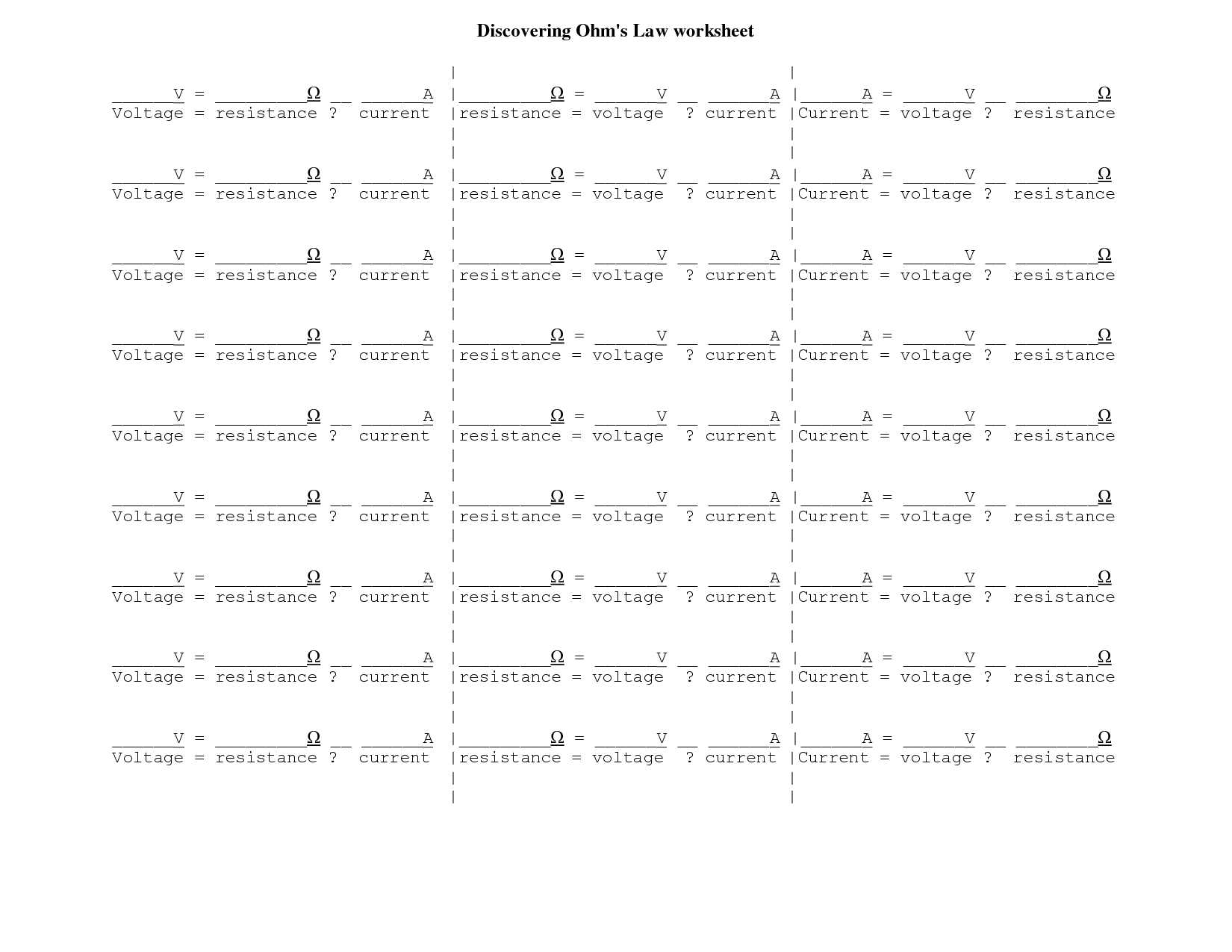
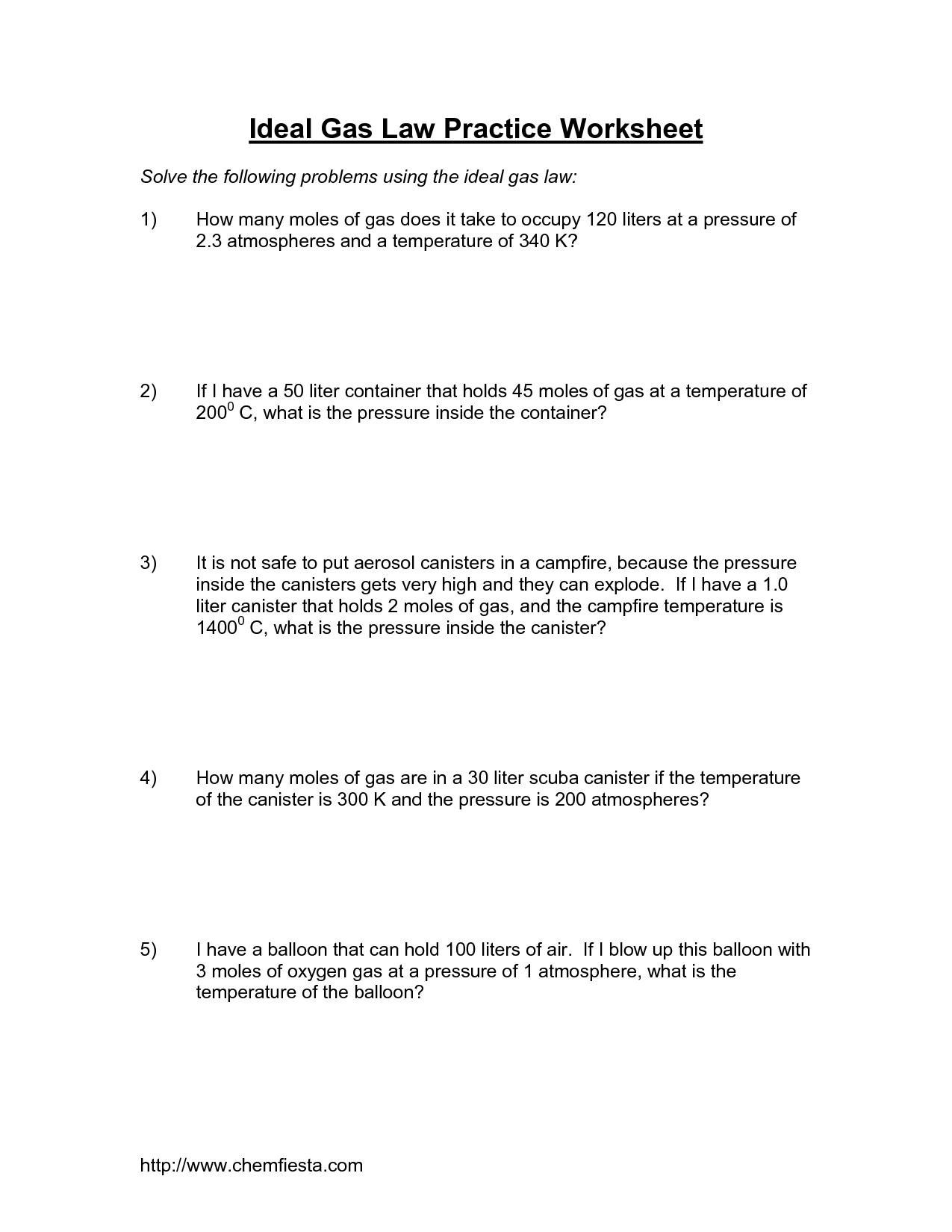
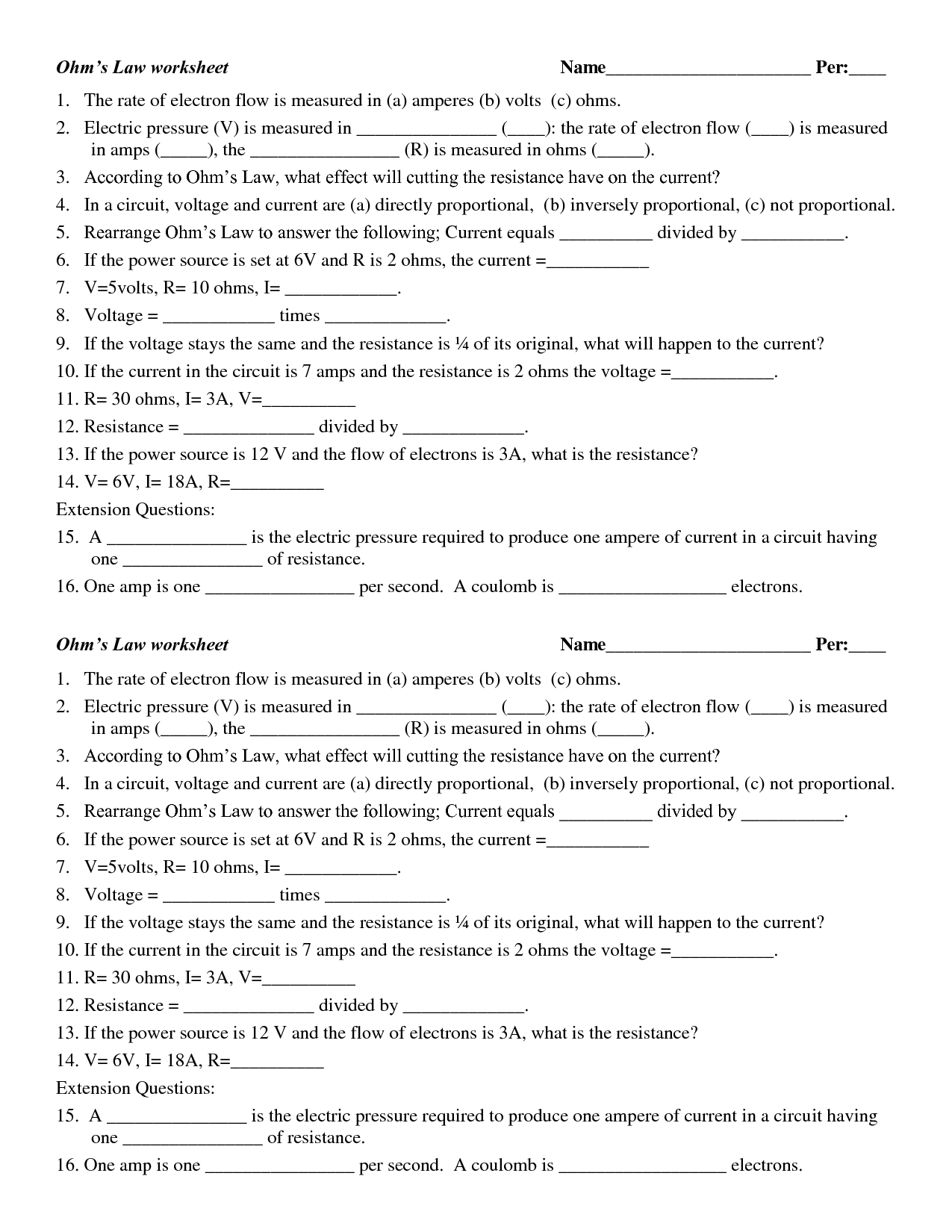
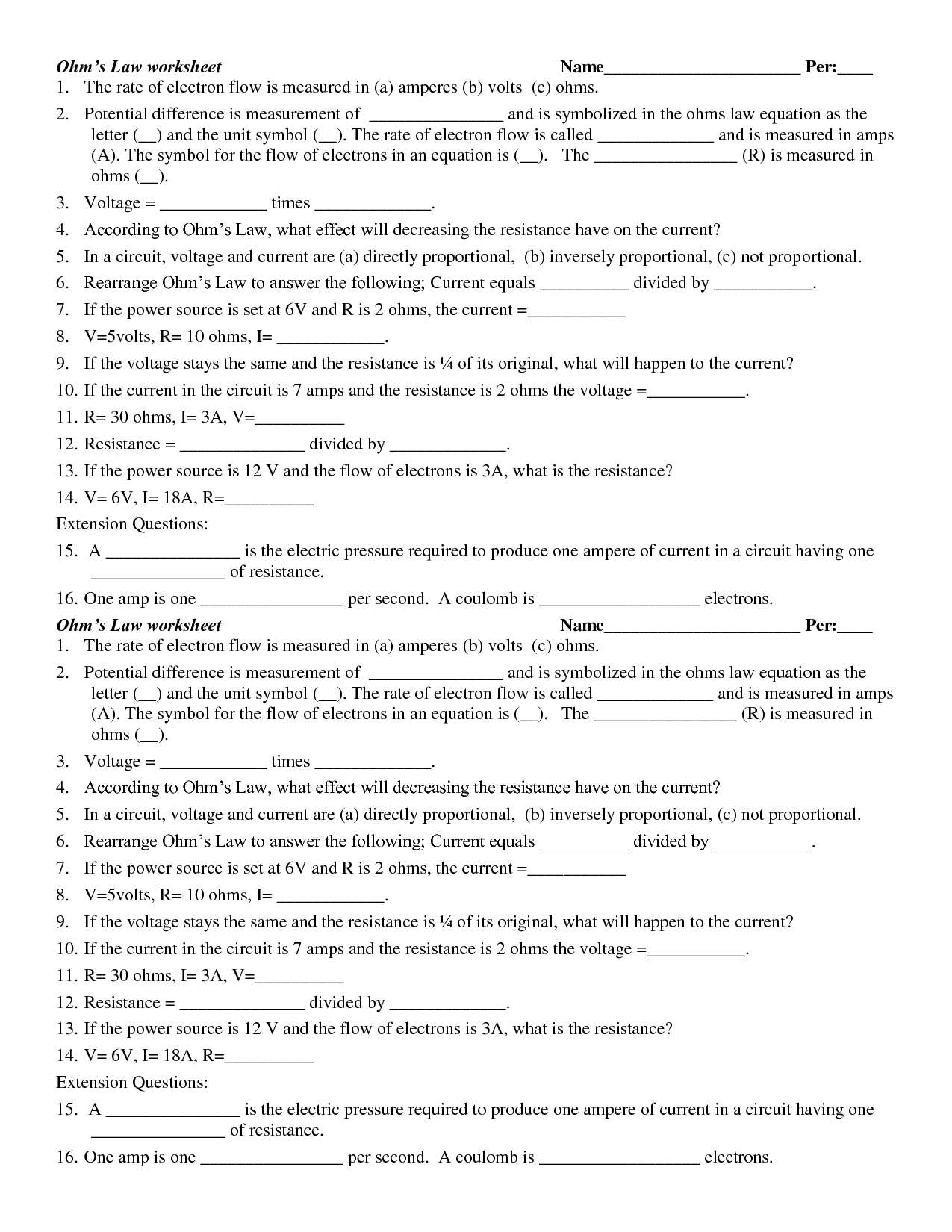
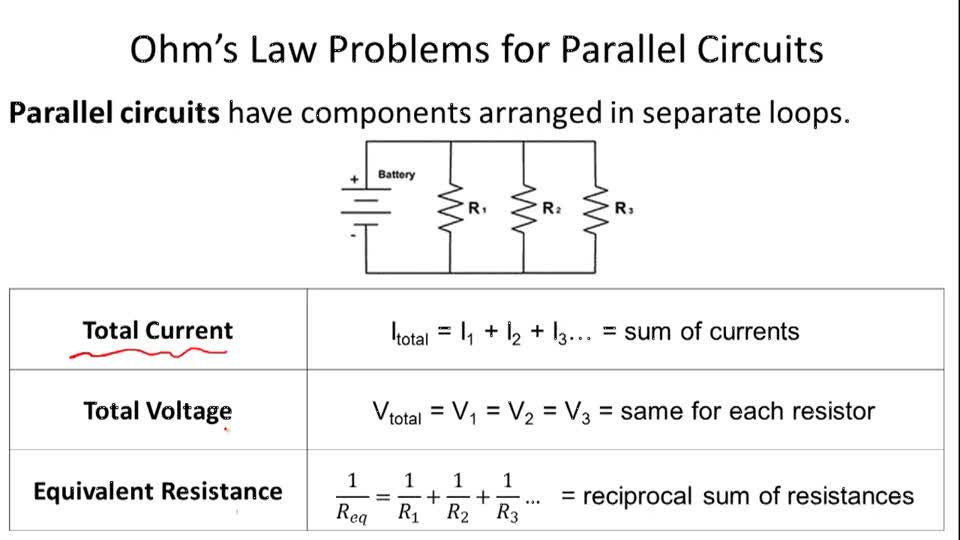
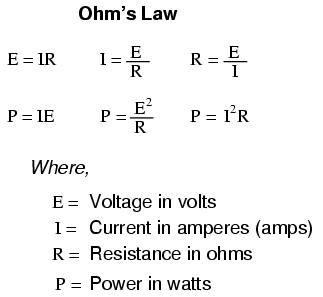
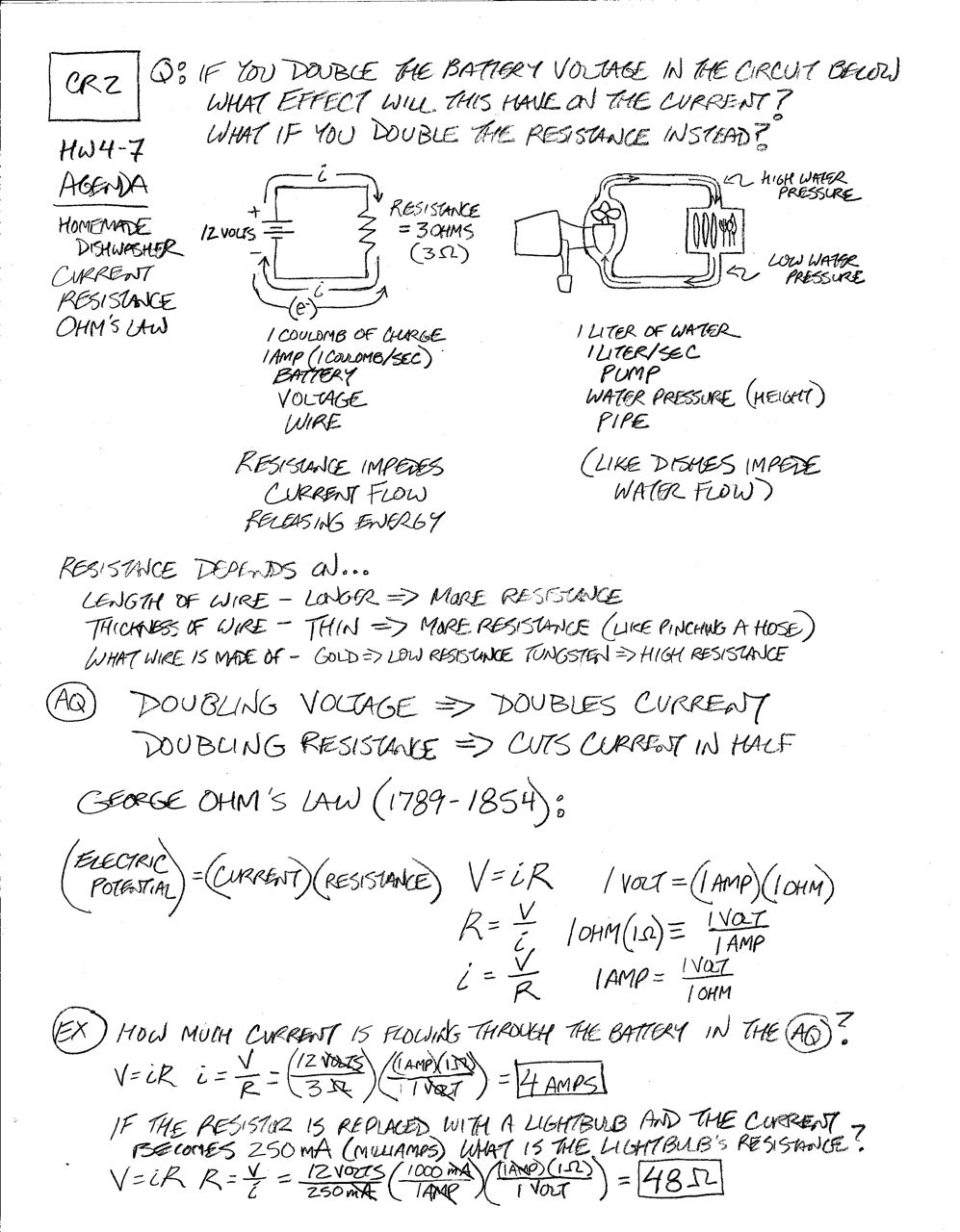
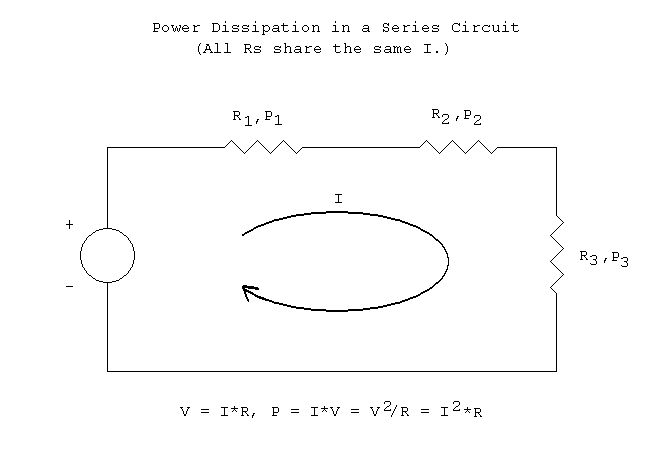
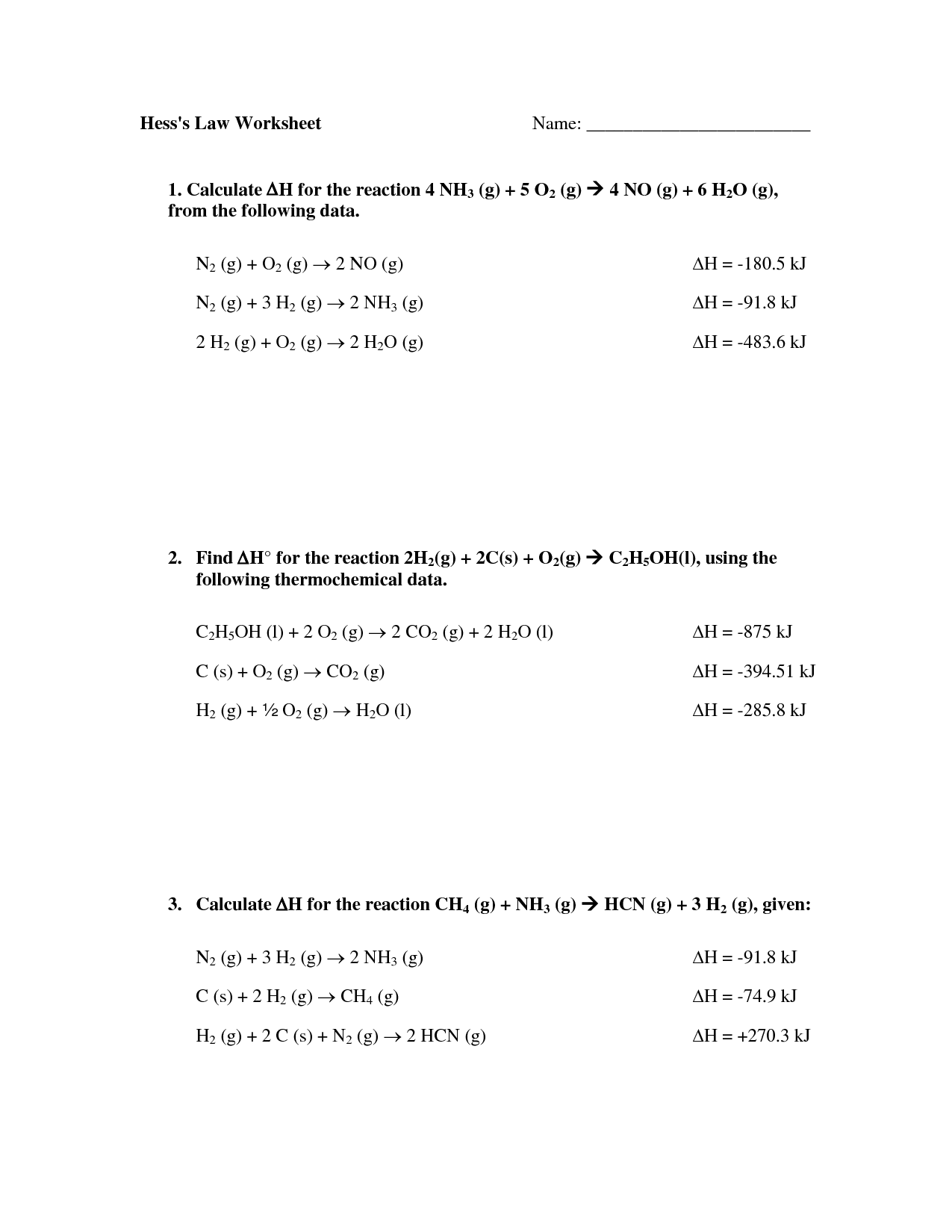
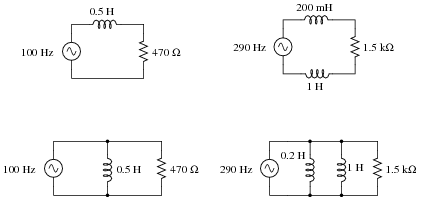
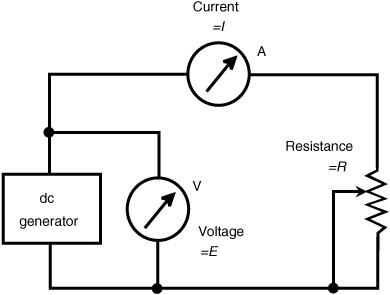
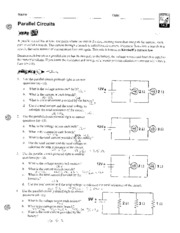














Comments